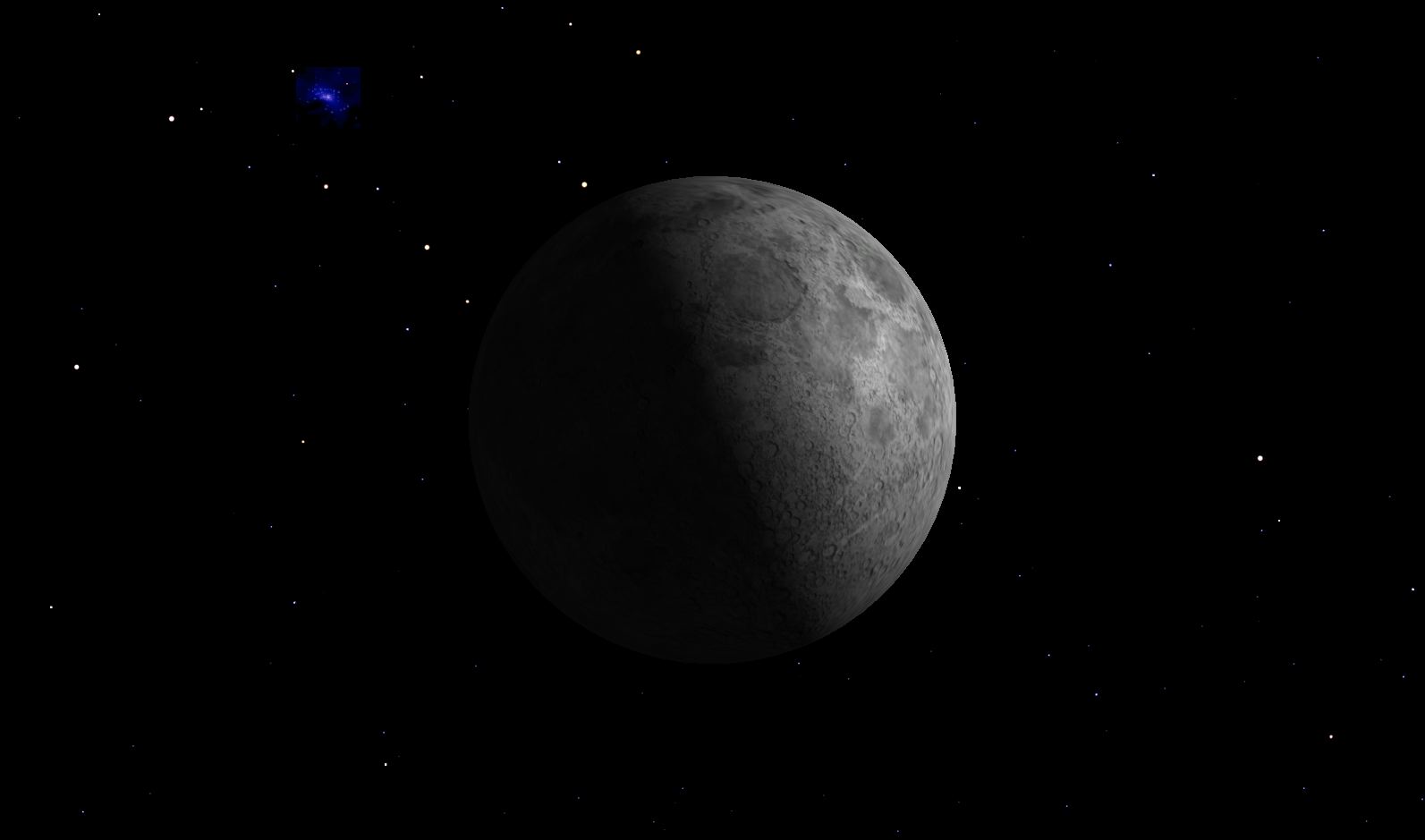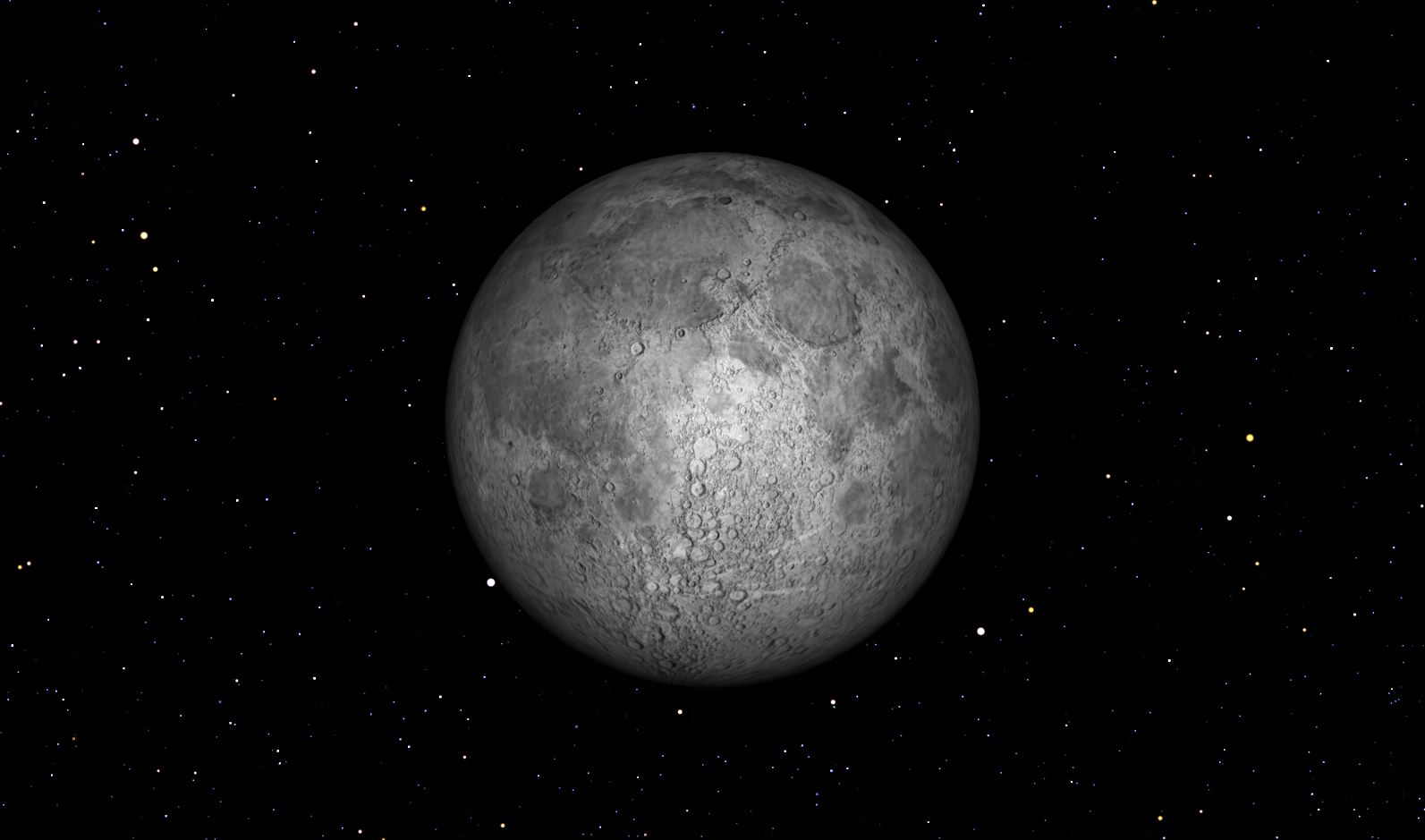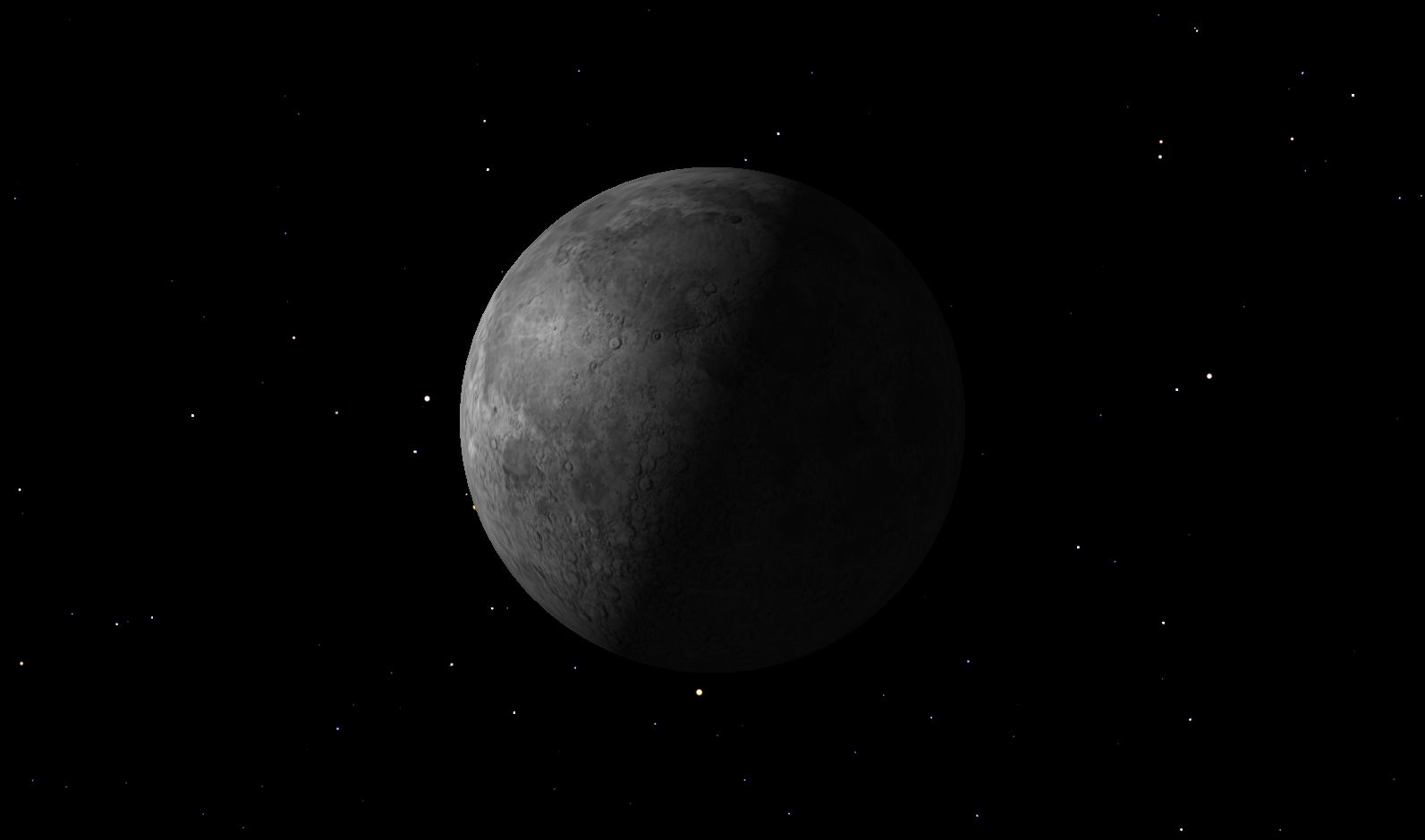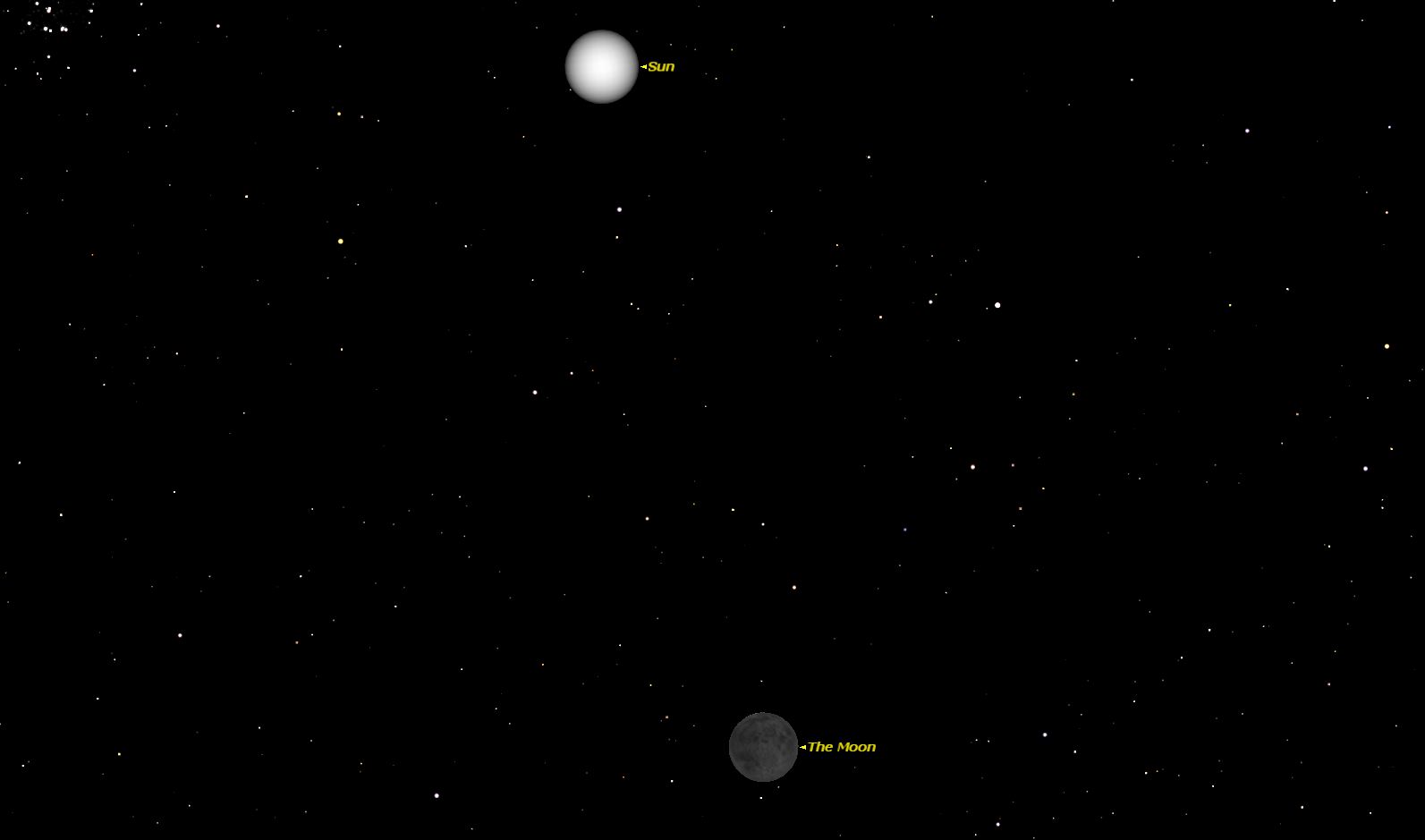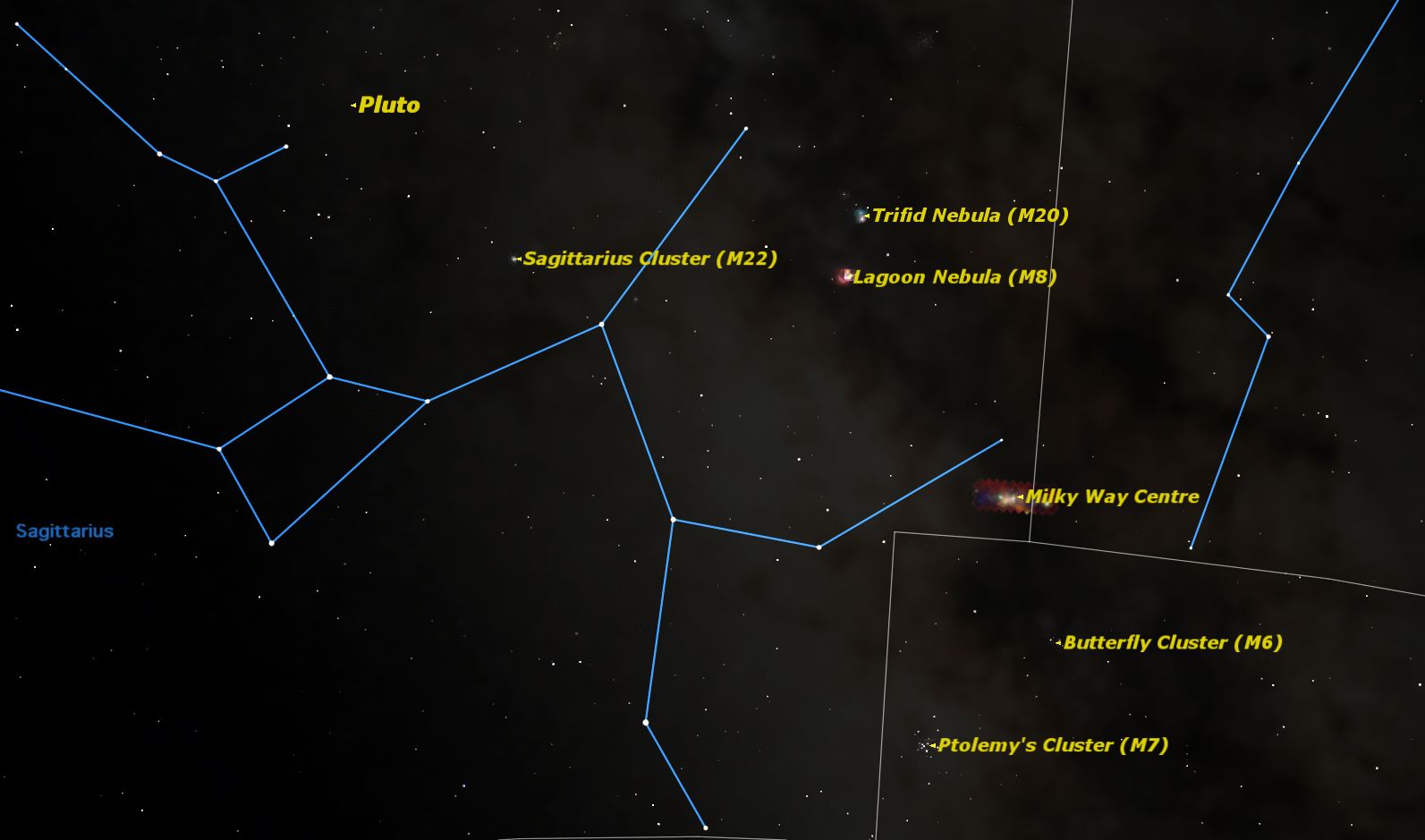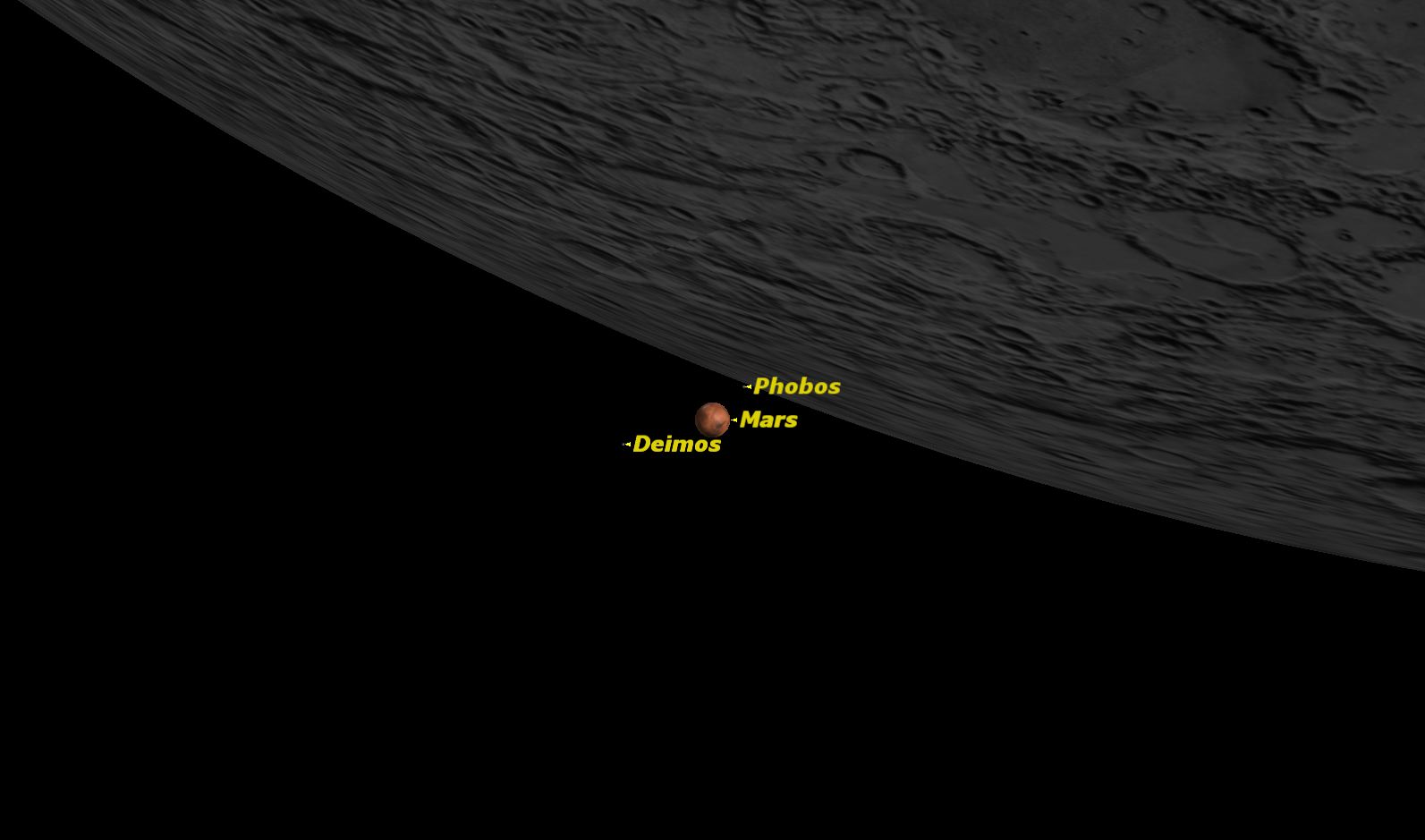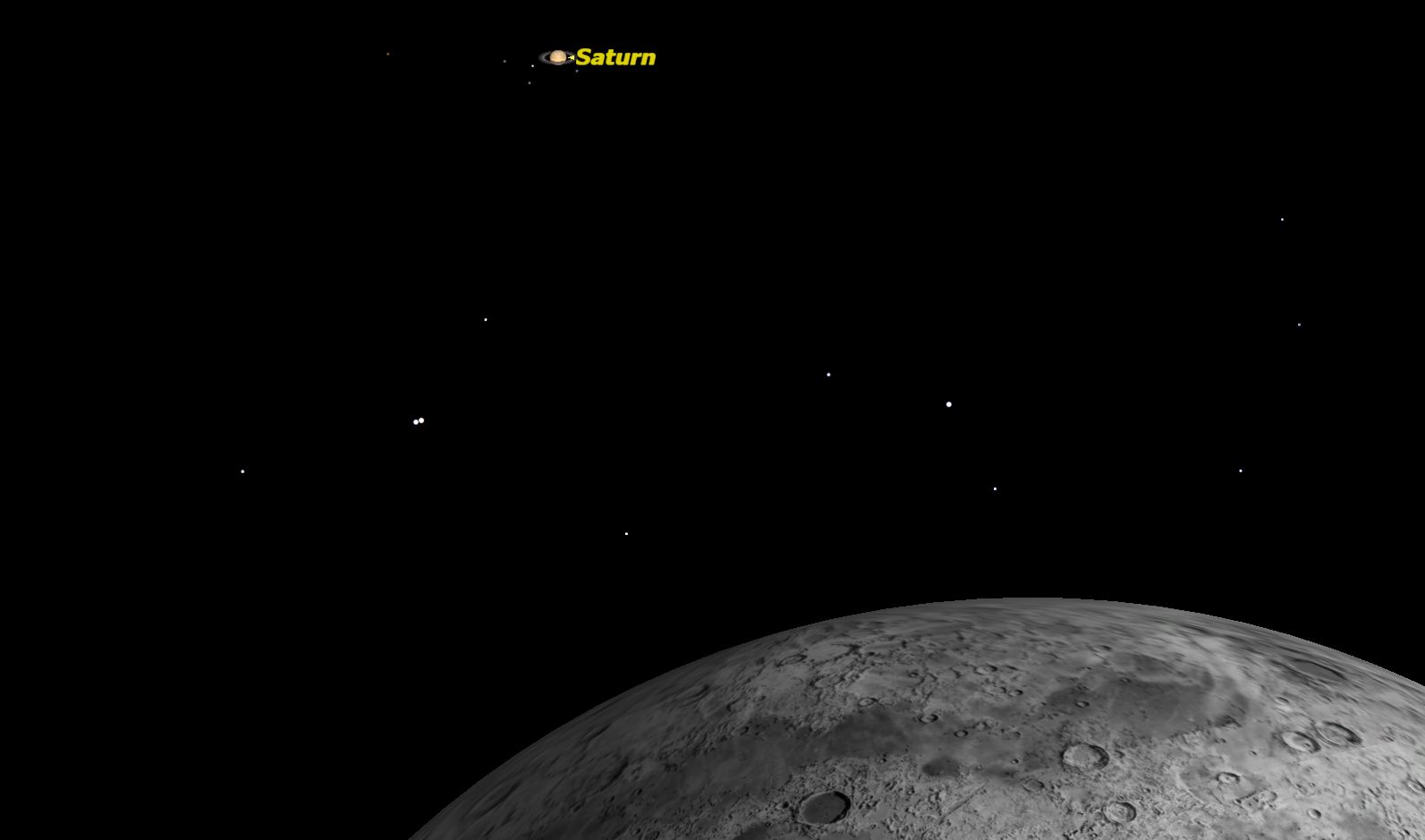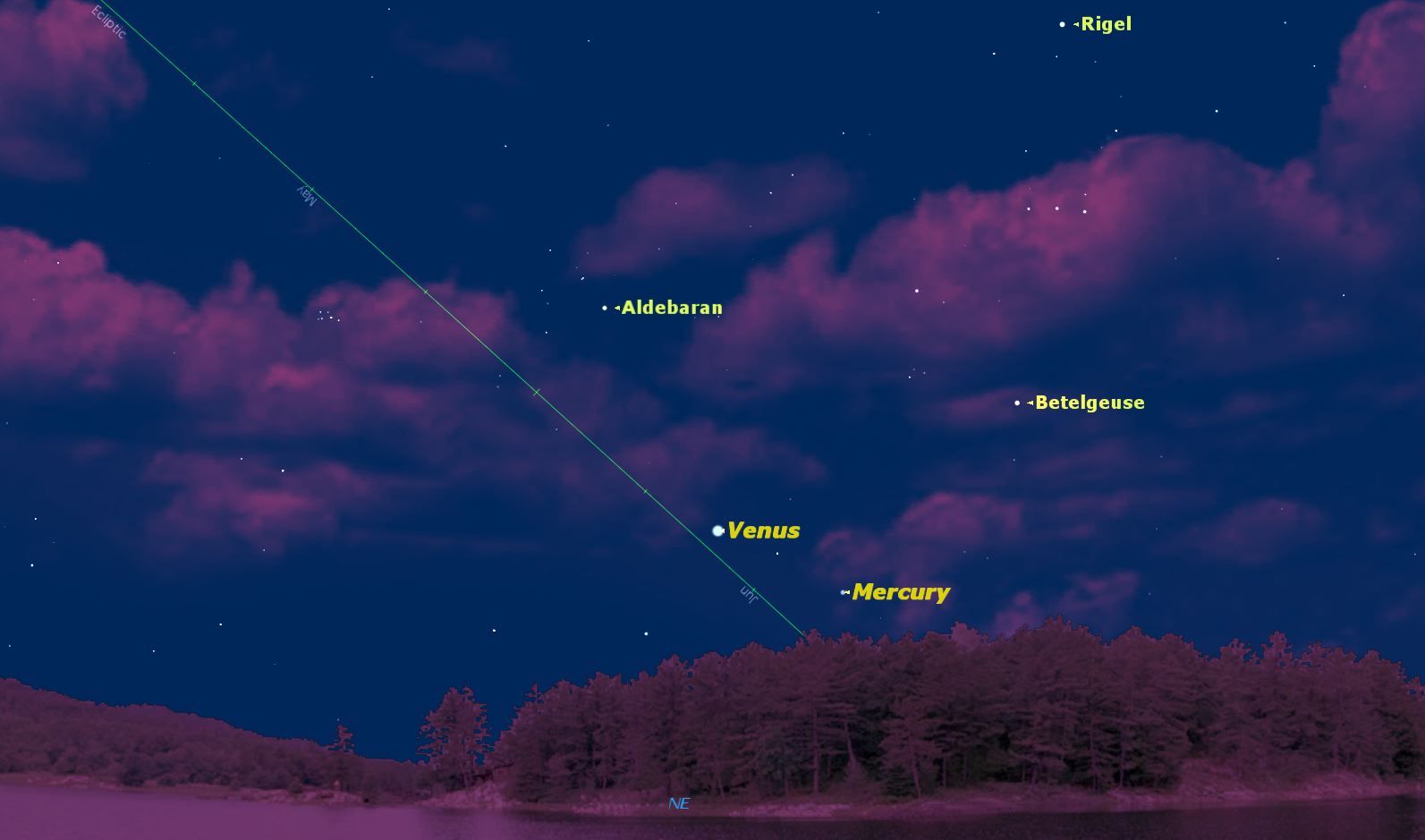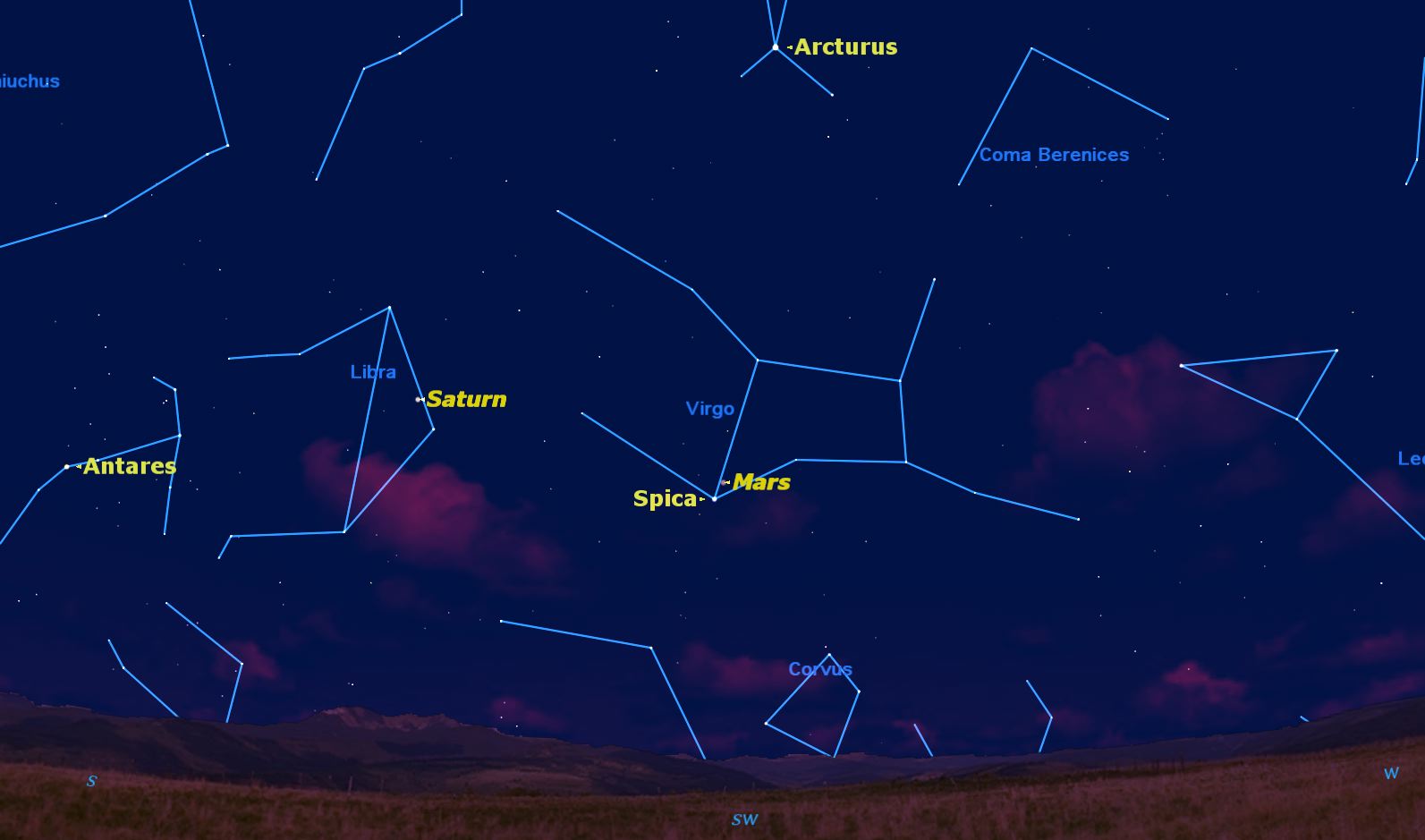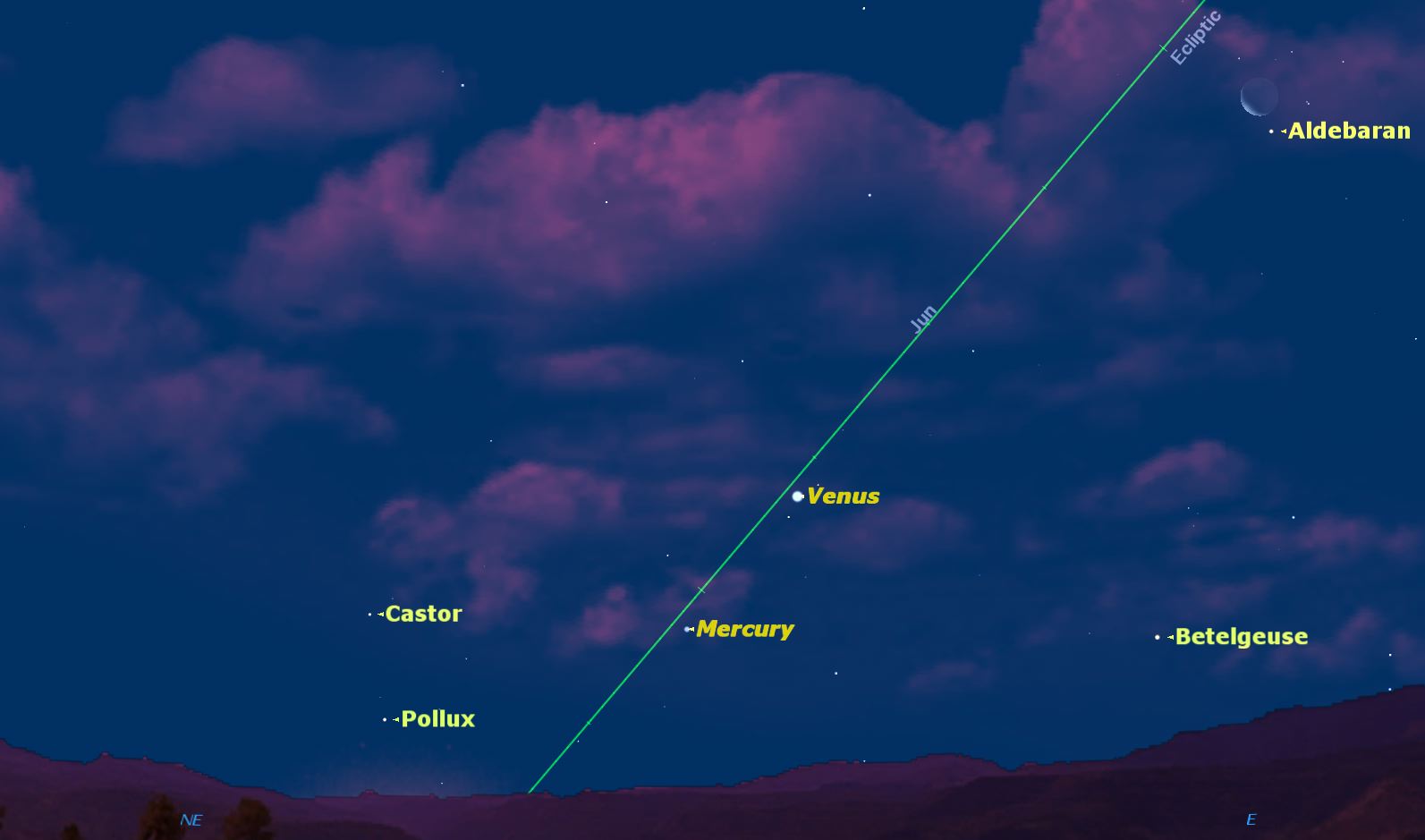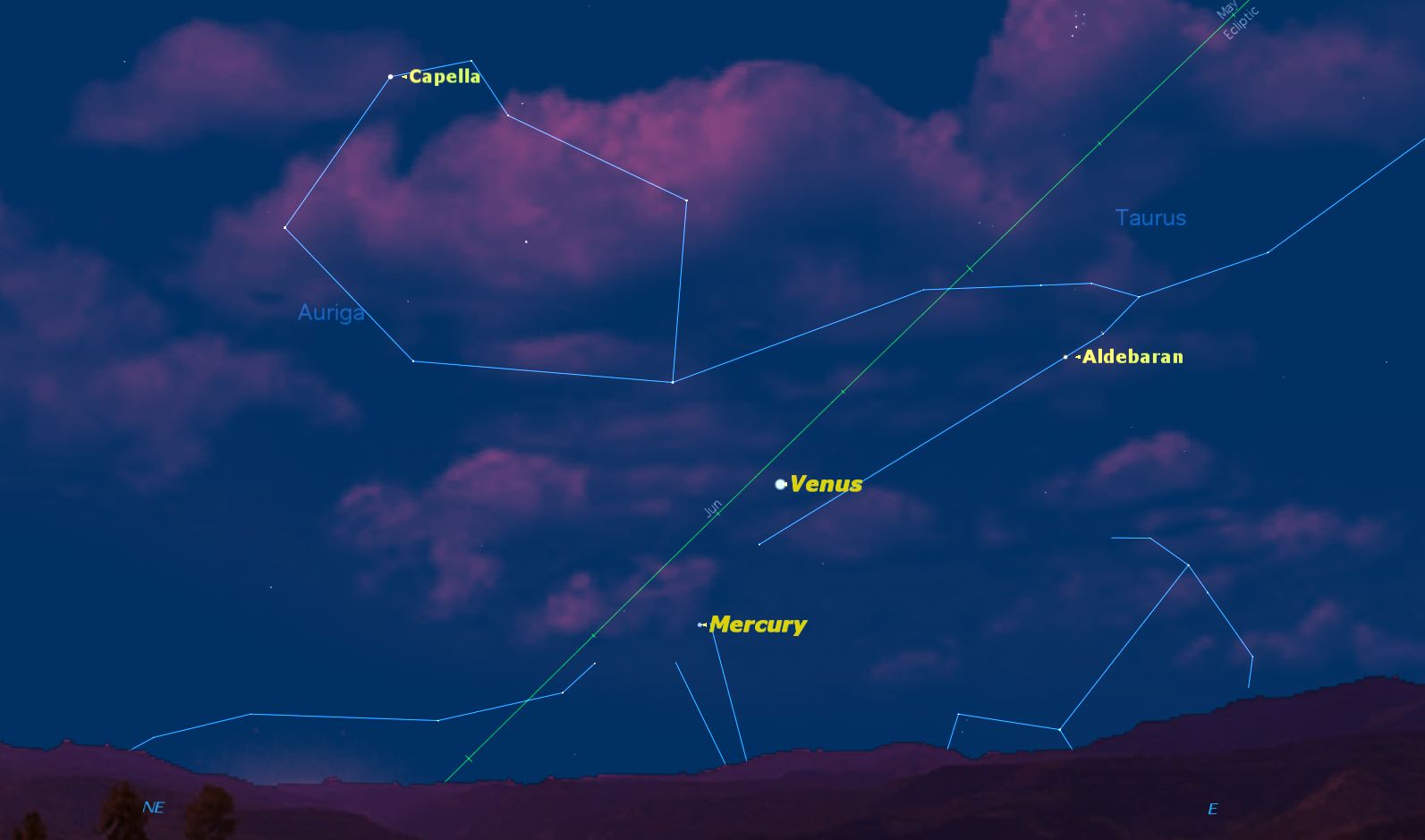 | |||||||||||||||||||||||||||||||||||||||||||||||
| For education orders please call 1-877-290-8256. Welcome to the July Third Week Featured Article! Sunset on the Moon Geoff Gaherty, Starry Night EducationThe most common sight in the night sky is the waxing Moon, which we have been watching over the past two weeks. 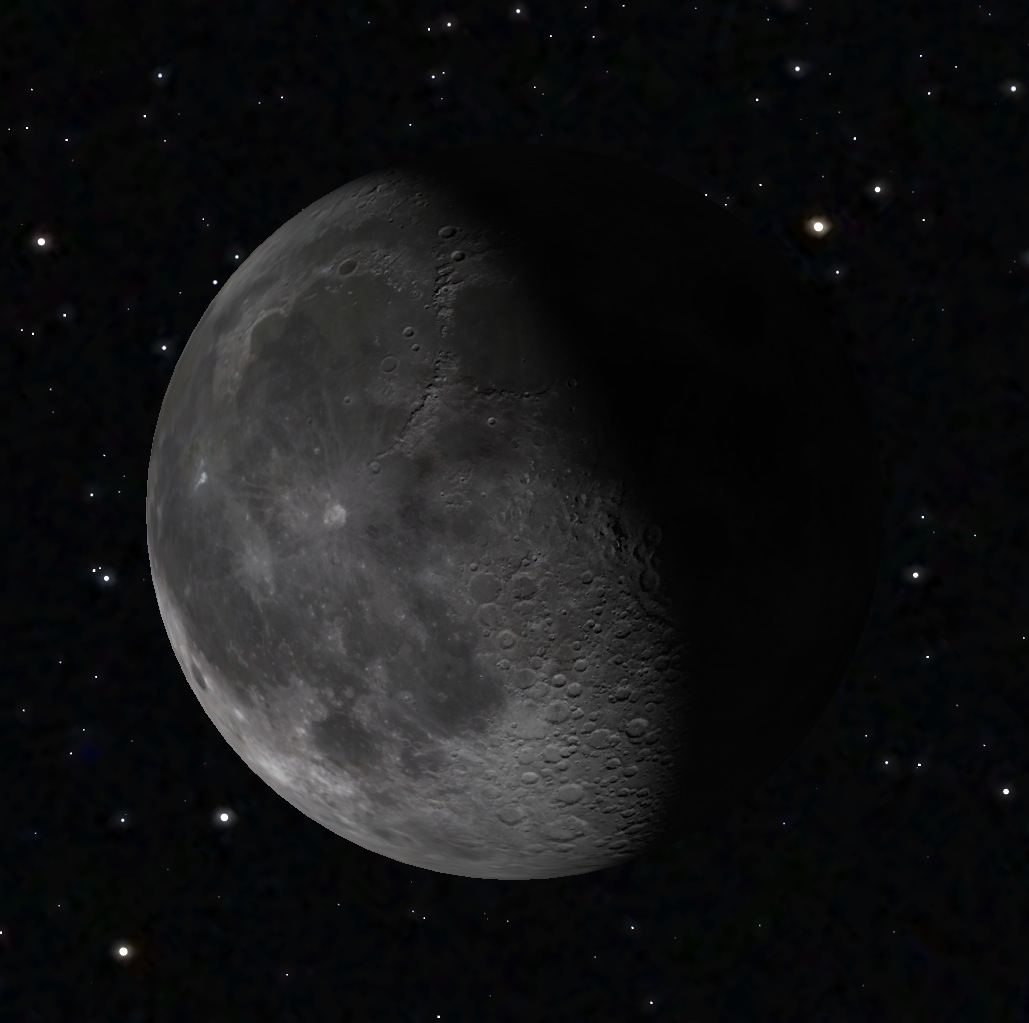 Usually we are seeing the Sun rising over the mountains and craters of the Moon. This week is an opportunity to watch the Sun set. But, where is the Moon? Credit: Starry Night software. Starting just after New Moon as a slender crescent, the Moon grew to first quarter on July 5, and was full on July 12. If you were paying attention, you would have noticed that the Moon rose and set about 50 minutes each night, moving against the background stars in its monthly orbit around the Earth. Last weekend the Full Moon rose just at sunset. But where is the Moon now? If you look at the evening sky, it’s nowhere to be seen. The answer lies in the fact that it rises 50 minutes later each night. Tonight, July 16, it won’t rise until about 11:30 p.m., and won’t be high enough to observe with a telescope until about 1 a.m. So you will need to stay up late to observe the Moon this week. There is an alternative: if you get up early in the morning and look towards the south, you will see the Moon riding high in the daytime sky. The Moon is crossing the meridian just at sunrise tomorrow morning, around 6 a.m. To the casual observer, the Moon’s behavior may seem capricious, but it all follows simple laws. The Earth rotates once every 24 hours, which makes nearly everything in the sky, including the Moon, rise every 24 hours in the east, and set every 24 hours in the west. The only exceptions are the stars close to the celestial poles, which are above the horizon all the time. The second basic motion of the Moon is its revolution in orbit around Earth once every 27.4 days. This motion is only noticeable when the Moon passes close to a bright planet or star, as it did last week with Mars and Saturn. The third factor is the path the Moon follows through the stars, called the ecliptic. This is tilted by 23 degrees to the celestial equator, so that the Moon appears to shift north and south. There have been a number of videos on YouTube recently claiming that the Moon is "off its axis." All of these apparitions of the Moon are easily explained by the three motions described above. In fact, the Moon has been following these patterns like clockwork for millions of years, and nothing has changed. If you have a telescope, try to take a look at the Moon this week. Its topography will look rather different from what you are used to. Most of the time we observe the Moon around first quarter, when the Sun is rising in the east (to our right) over the surface of the Moon. This week, the Sun is setting towards the Moon’s western horizon, to our left, and we see the landscape lit from the left, the opposite direction to what we’re used to. Perhaps the most striking difference is the Straight Wall or Rupes Recta, a scarp located close to the eastern edge of the Mare Nubium, just south of the center of the Moon’s disk. Just after first quarter, this appears as a long dark line, a shadow cast by the rising Sun. Just before last quarter, the Straight Wall is instead lit from the left, so that its face appears, fully lit by the setting Sun, as a bright white line. Something else you may notice in a telescope looking at the lunar surface this week is an interesting optical illusion. Because the light is coming from an unexpected direction, the lunar surface at high magnifications sometimes appears to invert, so that craters appear as mountains and vice versa. Stare a little longer, and it will usually revert to its normal appearance. Many years ago, I made systematic pencil sketches of a number of lunar landmarks. I always tried to make at least one drawing with the lighting coming from the opposite direction. This often revealed subtle features in the lunar topography. I encourage every amateur astronomer to attempt pencil sketches of the things they observe through their telescope. It’s amazing how much more your eye can see when you try to sketch. Don’t think of it as "art," but rather as an attempt to record as accurately as possible the pattern of light and dark that you see. Coming Events Here is a rundown of events coming soon to a sky near you!Moon Phases Saturday, July 5, 7:59 a.m. EDT
Friday, July 18, 10:08 p.m. EDT
Saturday, July 26, 6:42 p.m. EDT
Friday, July 4, 4 a.m. EDT
Saturday, July 5, 9 p.m. EDT
Monday, July 7, 10 p.m. EDT
Saturday, July 12, dawn
Saturday, July 12, dusk
Tuesday, July 22, dawn
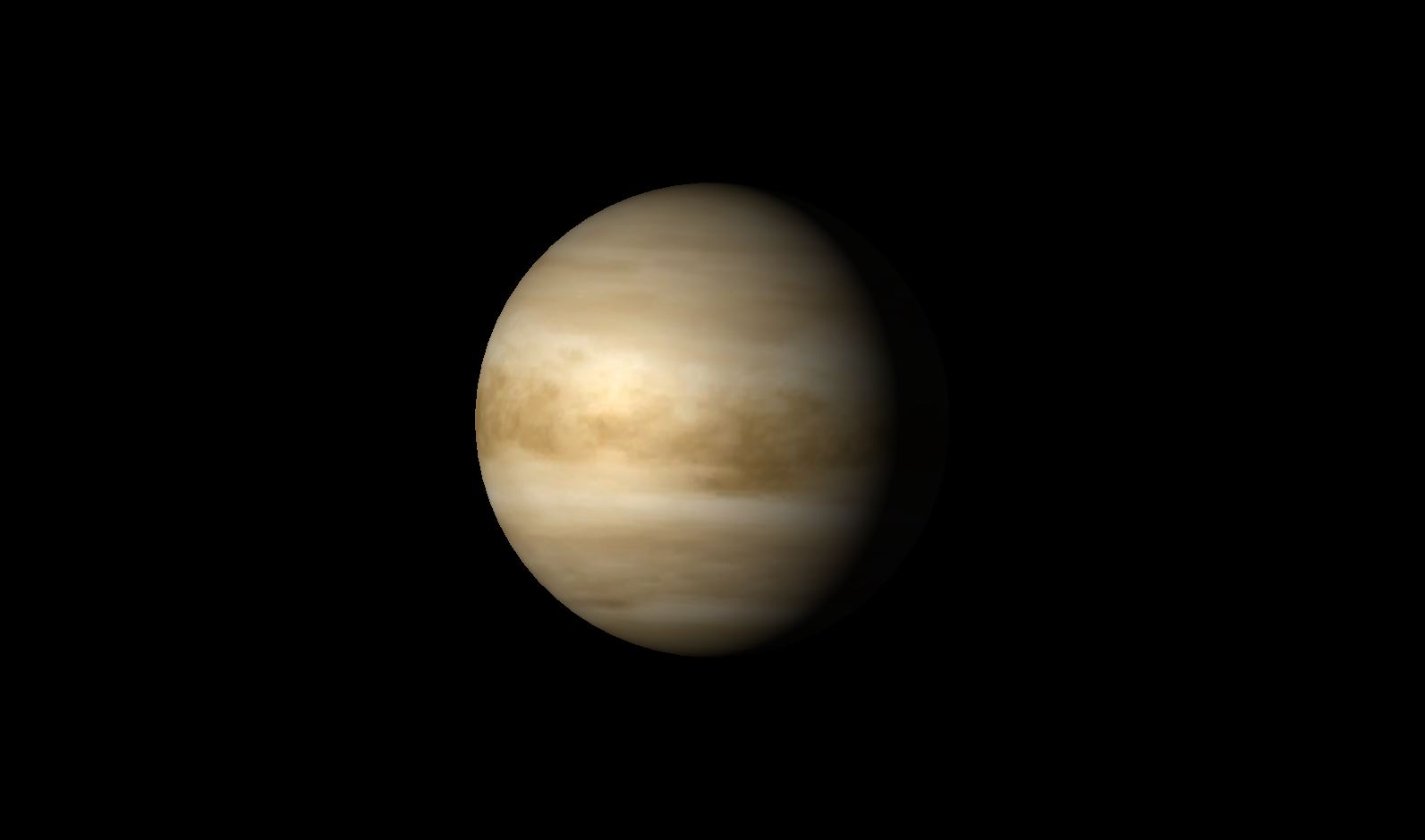 Mars is now fading rapidly in brightness as it moves towards the far side of the Sun.
Mars is now fading rapidly in brightness as it moves towards the far side of the Sun.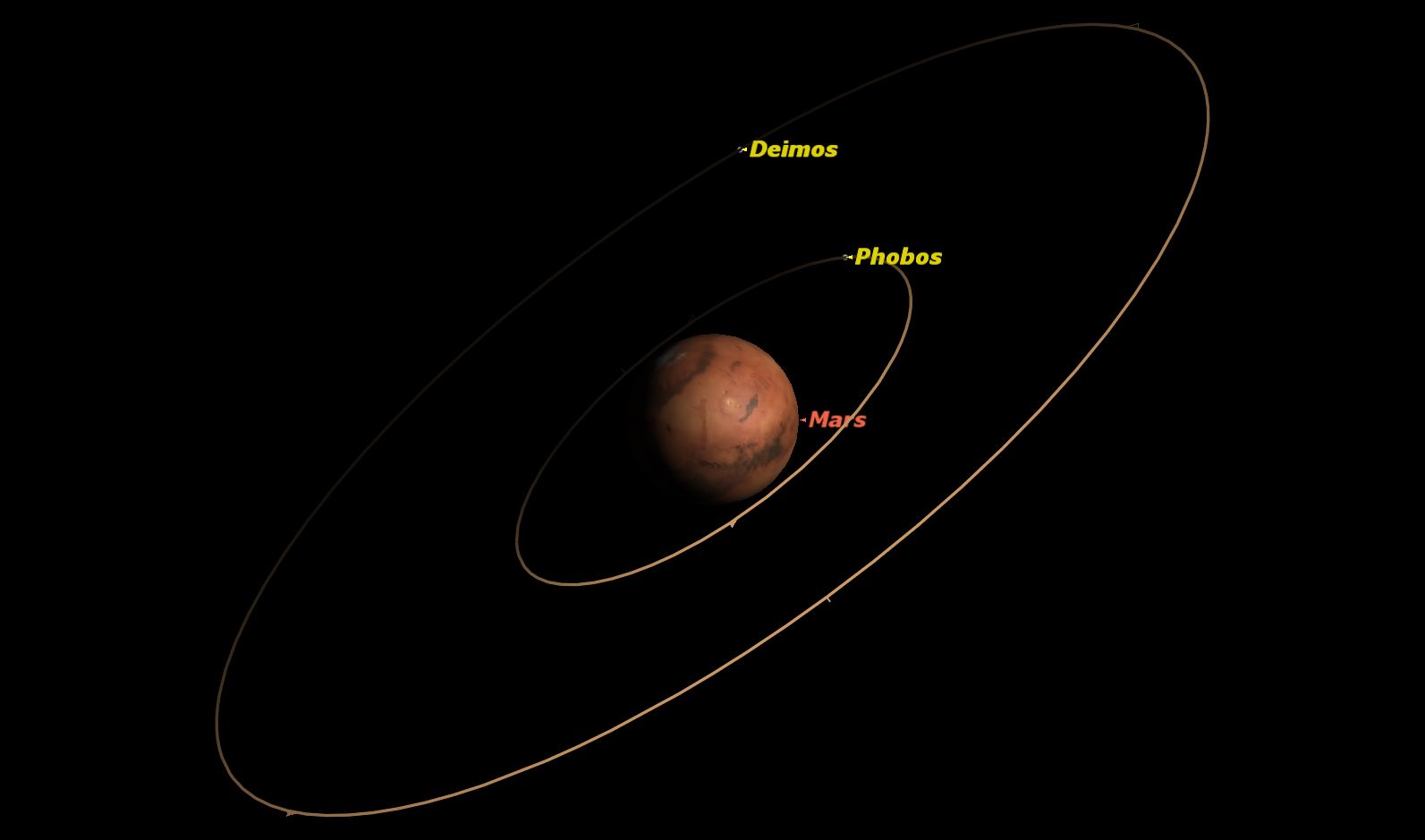 Jupiter is too close to the Sun to be observed, being in conjunction on July 24.
Saturn, in Libra, is well placed in the evening sky.
Jupiter is too close to the Sun to be observed, being in conjunction on July 24.
Saturn, in Libra, is well placed in the evening sky.
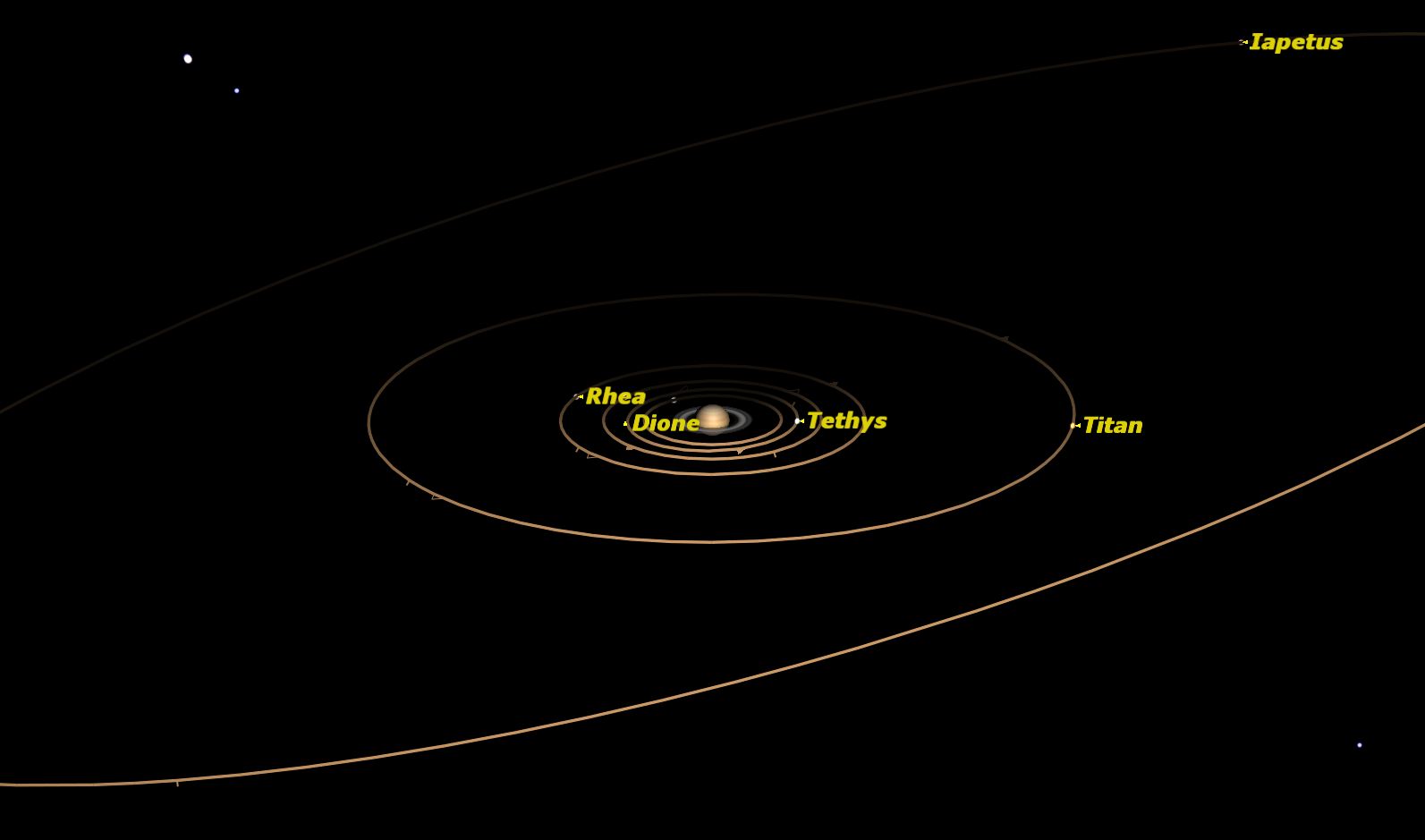 Uranus is located in the constellation Pisces, rising near midnight.
Uranus is located in the constellation Pisces, rising near midnight.
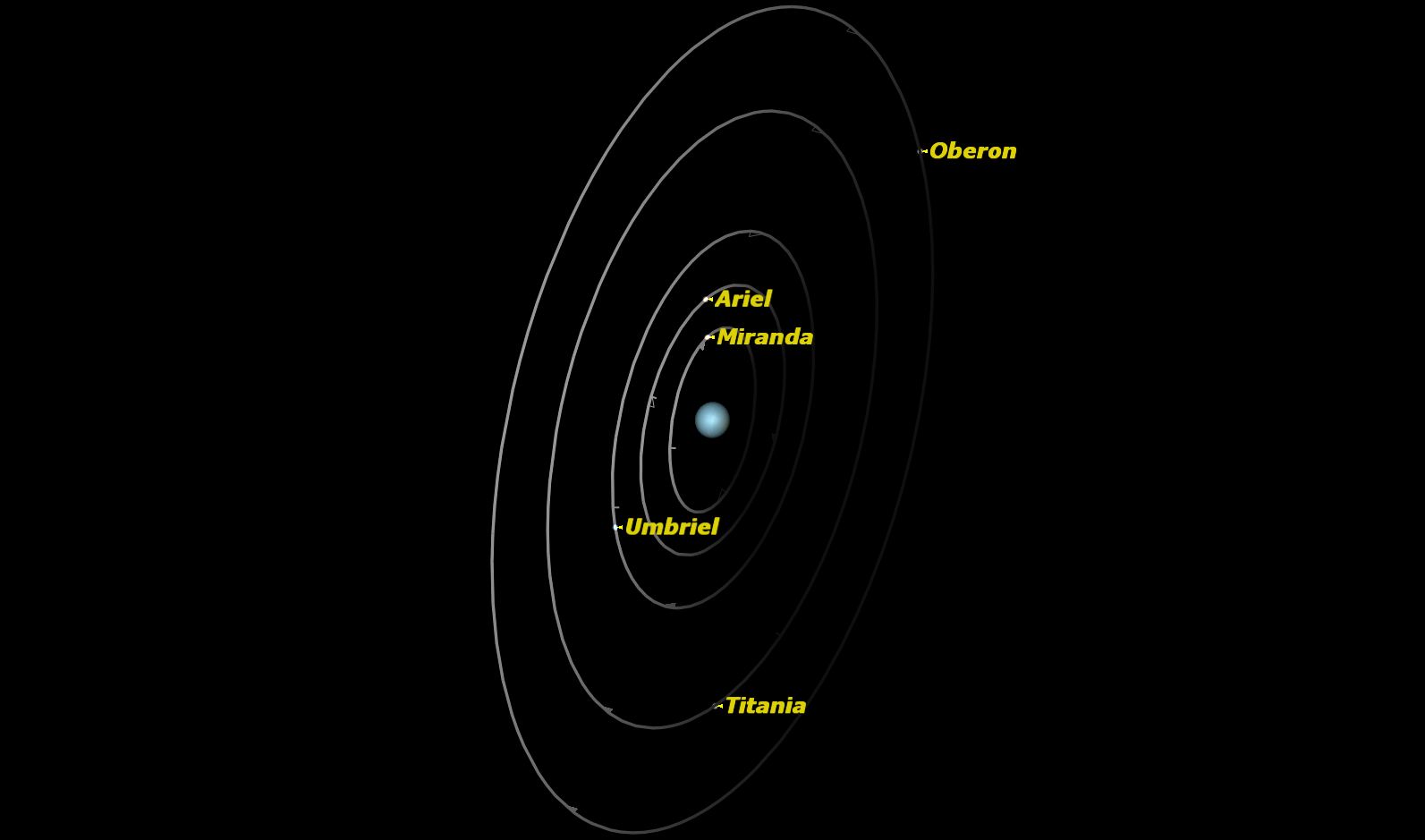 Neptune is in Aquarius all month, rising in the late evening.
Neptune is in Aquarius all month, rising in the late evening.
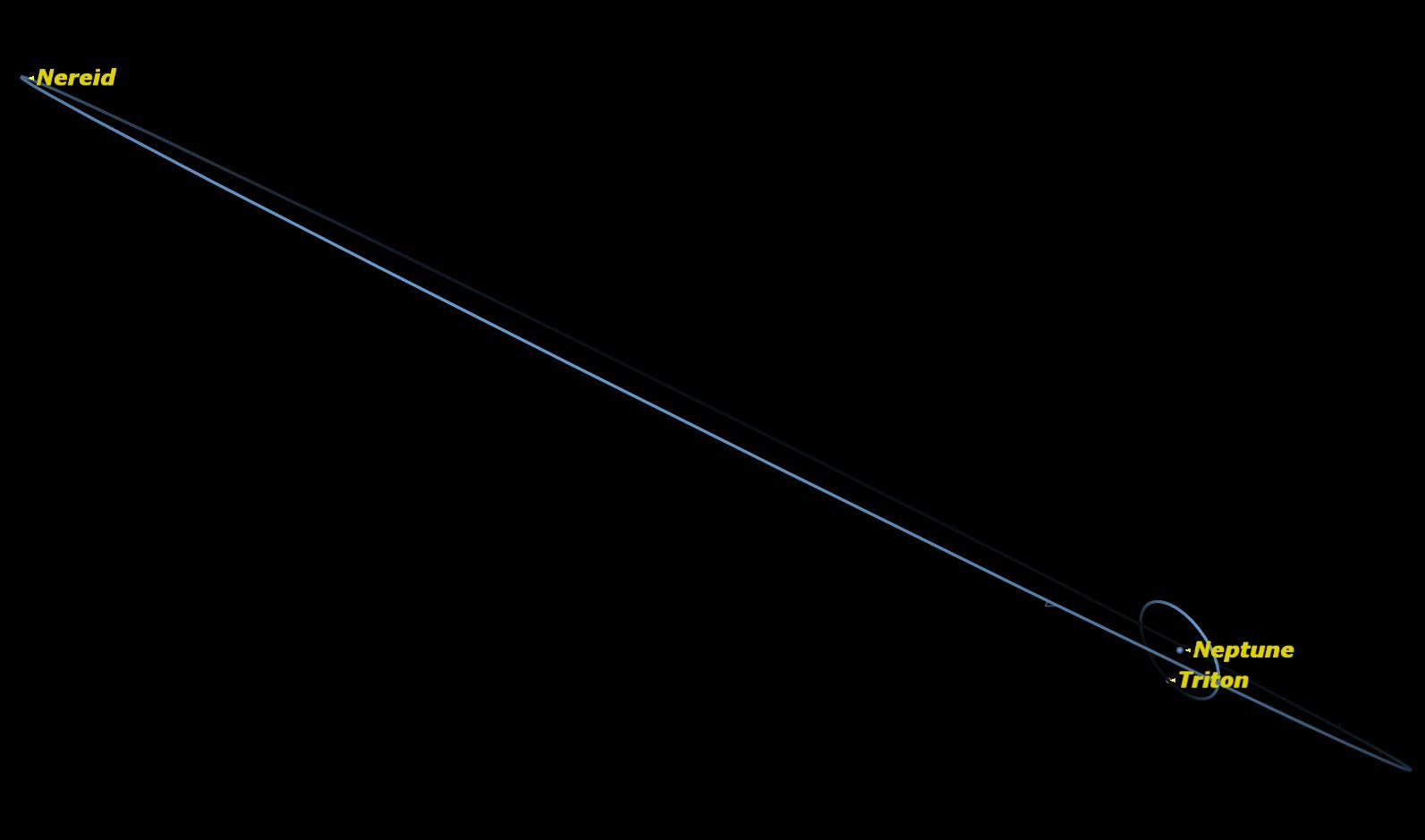
|
| ||||||||||||||||||||||||||||||||||||||||||||||
© 2016 Simulation Curriculum Corp. All Rights Reserved. |
|||||||||||||||||||||||||||||||||||||||||||||||
